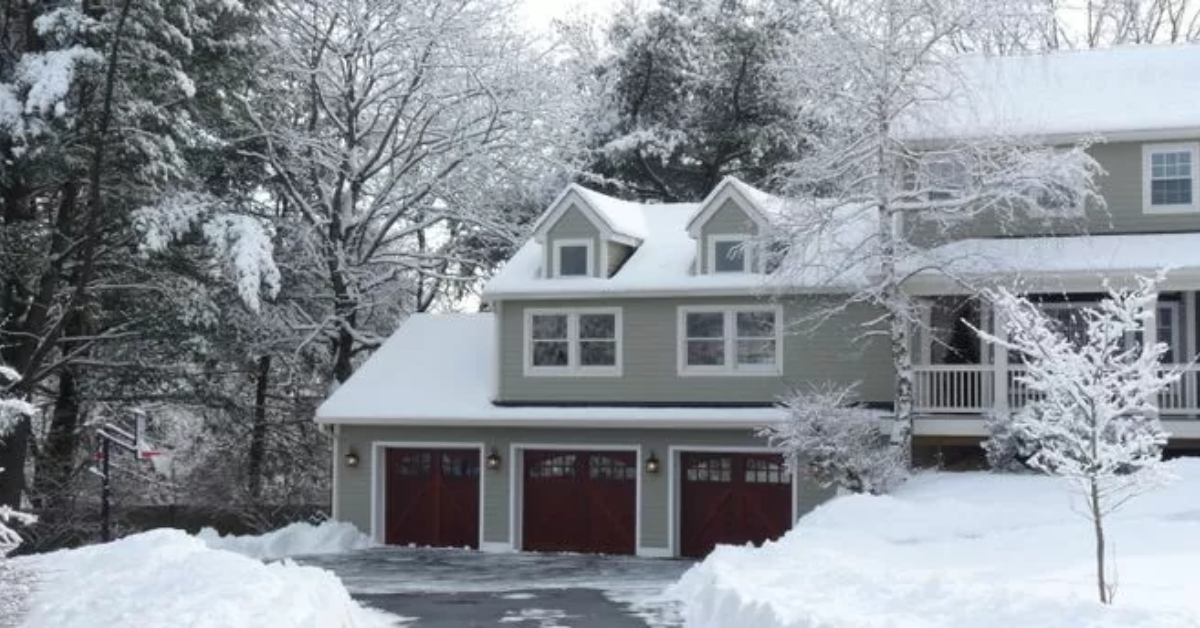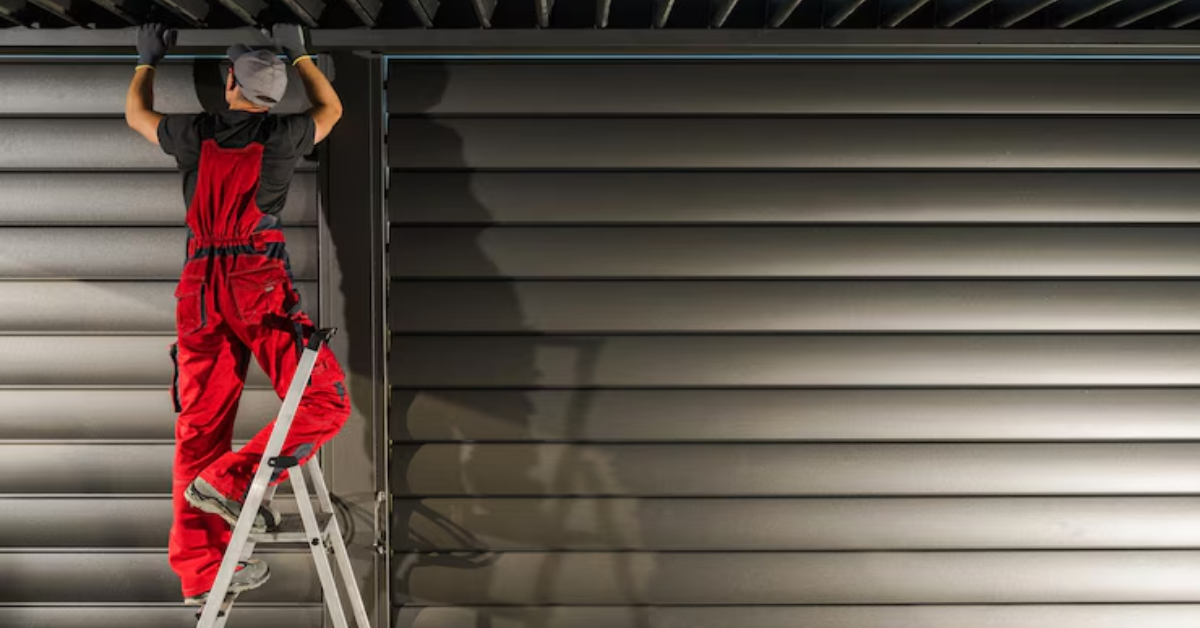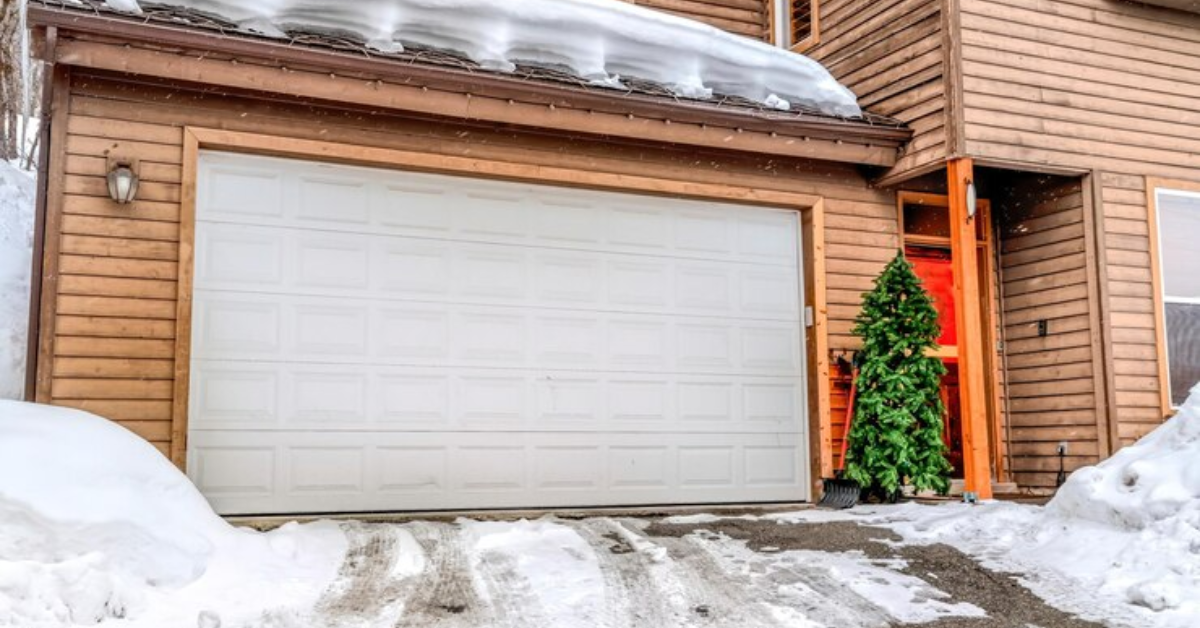How Different Weather Conditions Have Impact on Garage Doors
Weather is an omnipresent force that exerts a profound influence on the integrity and functionality of various structures, and garage doors are no exception. From scorching heat to bone-chilling cold, from torrential downpours to gusty winds, the diverse spectrum of weather conditions poses a series of challenges that directly impact the performance and longevity of garage doors.
Weatherproofing stands as the first line of defense against the relentless assault of changing weather patterns on garage doors. The significance of weatherproofing cannot be overstated—it serves as a shield, safeguarding these crucial home components against the detrimental effects of the elements. By implementing robust weatherproofing measures, homeowners not only enhance the resilience of their garage doors but also fortify the structural integrity of their entire property.
In this comprehensive analysis, we examine the ways in which different weather conditions—heat, cold, moisture, wind, and extreme climates—affect garage doors. We'll unravel the intricacies of these challenges, offering insights, practical solutions, and proactive measures to mitigate the detrimental impact and ensure the longevity of your garage door system.
Overview of Garage Door Vulnerabilities
Garage doors, despite their apparent sturdiness, possess vulnerabilities susceptible to weather-induced wear and tear. These vulnerabilities encompass a range of components, including but not limited to the door panels, tracks, springs, sensors, and electrical systems. The impact of weather conditions manifests in various ways, from causing material expansion and contraction to inducing corrosion and mechanical strain.
The interplay between weather and garage doors extends beyond mere inconvenience; it directly
affects safety, security, and the overall lifespan of the door system. Therefore, a comprehensive understanding of these weather-related challenges is imperative for homeowners seeking to maintain the optimal functionality and durability of their garage doors.
Heat and Its Effects
Heat serves as a catalyst for the expansion and contraction of materials within garage doors. As temperatures soar, the materials composing the door, such as metal, wood, or composite elements, undergo changes. Expansion occurs as the molecules within these materials gain energy and move more vigorously, causing them to spread apart. Conversely, in colder temperatures, contraction takes place, leading to a reduction in the materials' volume.
This continuous cycle of expansion and contraction can lead to structural issues within the
garage door. Over time, repeated stress from these fluctuations can result in warping, bending, or cracking of door panels. The hinges, tracks, and other components can also suffer as a consequence, potentially affecting the smooth operation of the door.
Impact on Springs and Mechanisms
The impact of heat on garage door springs and mechanisms is notable. High temperatures can cause the springs to lose their flexibility and tensile strength. With prolonged exposure to heat, springs may become brittle, increasing the risk of snapping or breaking. This compromises the functionality of the entire garage door system, potentially leading to sudden failure or malfunction.
Mechanical components, such as
rollers, bearings, and cables, are also susceptible to heat-related deterioration. Lubricants used in these mechanisms may degrade faster in elevated temperatures, leading to increased friction and wear.
Tips to Mitigate Heat-Related Issues
- Implement a routine maintenance schedule to inspect and address any signs of wear or damage caused by heat. This includes checking for warping, cracks, or misalignment of door panels.
- Ensure proper ventilation within the garage space. Adequate airflow can help regulate temperatures and reduce the intensity of heat exposure on the door and its components.
- Install or upgrade insulation in the garage to create a buffer against extreme temperatures. Insulated doors and weather stripping can significantly mitigate the impact of heat on the door materials and mechanisms.
- Consider applying protective coatings or sealants to door surfaces to enhance their resistance to heat and UV radiation, thus prolonging their lifespan.
- Schedule periodic inspections by garage door professionals to identify and address heat-induced issues promptly.
It is important to understand the effects of heat on garage doors and take proactive measures to ensure smooth operation even in difficult weather conditions.
Cold Weather and Garage Doors
In cold weather, garage doors are susceptible to freezing, which can lead to various ramifications. When moisture seeps into the mechanisms or between door panels and subsequently freezes, it causes components to stick or jam. The tracks, rollers, hinges, and even the garage door opener can be affected, hindering the smooth operation of the door. Additionally, extreme cold can make certain materials, like metal, more brittle, increasing the risk of breakage or damage. Freezing can compromise the structural integrity of the door, potentially leading to misalignment or gaps, which can compromise the security and insulation of the garage.
Lubrication Challenges in Cold Climates
Cold weather presents unique challenges regarding garage door lubrication. Traditional lubricants may thicken or solidify in low temperatures, making them less effective or entirely nonfunctional. This reduced lubrication can cause increased friction among moving parts, leading to wear and tear on the door's mechanisms. The challenge lies in selecting lubricants specifically designed for cold temperatures. These formulations maintain their viscosity in low temperatures, ensuring that hinges, rollers, and other moving components continue to function smoothly even in freezing conditions.
Winter Maintenance Essentials
- Use de-icing products or simple solutions like salt to prevent freezing of door mechanisms and tracks. Apply these substances cautiously to avoid damage to the door materials.
- Remove snow and ice buildup around the garage door to prevent excess moisture from seeping into the mechanisms.
- Ensure the garage is properly insulated to maintain more stable temperatures, minimizing the risk of freezing.
- Use specialized lubricants recommended for cold climates to keep the door's moving parts adequately lubricated and functioning smoothly.
- Schedule a professional inspection before the onset of winter to identify and address any existing issues that might worsen in the cold.
Implementing proactive winter maintenance measures can mitigate the impact of cold weather on garage doors, ensuring their optimal functionality and longevity.
Moisture and Humidity
Moisture and humidity create an environment conducive to rust and corrosion, posing significant threats to various components of garage doors. Metal parts, such as springs, hinges, tracks, and screws, are particularly vulnerable. When exposed to moisture, these metal elements can undergo oxidation, leading to rust formation. Rust compromises the structural integrity of these components, causing them to weaken, corrode, or even seize up. This deterioration not only affects the smooth operation of the garage door but also reduces its overall lifespan.
Preventive Measures Against Moisture Damage
Regular Maintenance: Conduct routine inspections of metal components for signs of rust or corrosion. Promptly address any areas showing signs of deterioration by cleaning, treating, or replacing affected parts.
Appropriate Ventilation:
Ensure proper ventilation within the garage space to reduce humidity levels. Good airflow helps minimize the accumulation of moisture that can contribute to rust formation.
Use of Protective Coatings: Apply rust-resistant
coatings or paints to metal parts of the garage door to create a protective barrier against moisture and humidity.
Weatherproofing and Sealing: Ensure the garage door's weather seals and perimeter are intact and properly sealed to prevent moisture infiltration.
Silicone Lubricants: Use silicone-based lubricants on metal components instead of oil-based ones. Silicone lubricants repel water and can offer better protection against moisture-related damage.
Dehumidifiers:
Consider using a dehumidifier within the garage space, especially in humid climates, to regulate moisture levels and minimize the risk of rust formation.
By implementing these preventive measures, homeowners can mitigate the damaging effects of moisture and humidity on their garage doors, preserving their functionality and extending their lifespan. Regular upkeep and proactive measures are key to combating rust and corrosion threats posed by moisture.
Wind and Storms
Strong winds exert considerable force on garage doors, testing their structural integrity. Doors that aren't adequately reinforced or maintained may be susceptible to damage or failure during storms. Wind pressure can lead to the bending or bowing of door panels, misalignment of tracks, or even detachment of the door from its frame. The ability of a garage door to withstand wind pressure largely depends on its construction, quality, and installation. Doors with inadequate reinforcement or older systems may be more prone to damage under high wind conditions.
Protecting Against Storm Damage
Regular inspections are paramount to maintaining garage door integrity, ensuring components remain in optimal condition. Detect signs of wear, damage, or misalignment that might compromise its resilience against storms. Securing all nuts, bolts, hinges, and hardware is crucial; loose fittings heighten vulnerability during storms. Installing storm-ready garage doors designed to endure high wind pressures, featuring reinforced materials, sturdy tracks, and added bracing, enhances durability. Opting for impact-resistant materials when installing or replacing garage doors provides added protection against flying debris often encountered during storms.
Reinforcement Strategies
- Install bracing systems designed to reinforce the door's structural integrity against strong winds. These systems can include horizontal bracing bars or vertical supports.
- Secure the door's frame to the walls of the garage using heavy-duty anchors or brackets to prevent the door from being blown inward or outward during storms.
- Consult with garage door professionals about available reinforcement options specific to your door type and geographical location prone to severe weather conditions.
- Consider using wind load reinforcement kits that add additional strength to existing garage doors, especially in areas prone to high winds or storms.
By implementing these protective measures and reinforcement strategies, homeowners can significantly enhance their garage door's ability to withstand wind and storm pressures, reducing the risk of damage and ensuring greater safety and security during adverse weather events.
Extreme Weather Adaptations
When faced with extreme weather conditions, adapting garage doors becomes crucial to ensure durability and functionality. Solutions tailored for harsh climates involve selecting materials capable of withstanding such conditions. Opting for garage doors crafted from fiberglass or steel provides greater resilience. These materials offer durability and are better equipped to handle the challenges posed by severe weather, including extreme temperatures and inclement conditions.
Sealing and weather stripping are vital components in weather adaptation. Thorough sealing around the garage door, combined with quality weather stripping, prevents drafts and maintains a more stable internal climate. It's an effective means to reduce the impact of harsh weather on the garage's interior while enhancing energy efficiency.
For those residing in regions prone to high winds or severe storms, investing in wind load reinforcement systems is advisable. These systems add an extra layer of protection, fortifying the garage door against powerful gusts and potential damage.
High-Tech Weather-Resistant Options
Embracing high-tech weather-resistant options introduces a new level of functionality. Smart garage door openers equipped with weather sensors automatically adjust door operations based on prevailing weather conditions. This technology ensures the door responds appropriately to protect against adverse weather elements, providing convenience and added safety.
Consider applying advanced weatherproof coatings or treatments to garage door materials. These coatings enhance the door's resistance to UV radiation, moisture, and temperature fluctuations. They act as a shield, prolonging the lifespan of the door by mitigating the impact of extreme weather.
Professional Consultation and Upgrades
Seeking professional consultation and upgrades is crucial in ensuring optimal adaptations. Garage door professionals offer tailored assessments, recommending specific solutions catering to individual environmental challenges. They provide insights into customized upgrades, from reinforcing existing doors to installing climate-specific accessories, ensuring the door is better equipped to withstand extreme weather.
Regular maintenance and inspections by professionals are integral to ensuring the continued resilience and functionality of garage doors. This proactive approach safeguards against potential vulnerabilities and addresses any issues promptly. For older garage door systems, considering an upgrade to newer, more weather-resistant models is a prudent step toward aligning with modern standards and technologies. These adaptations collectively reinforce garage doors, enabling them to weather the extremes and maintain functionality in the face of harsh conditions.
Conclusion
Preserving the longevity of garage doors necessitates a keen understanding of the impact of weather conditions. Weather awareness plays a pivotal role in implementing proactive measures that safeguard against the adverse effects of heat, cold, moisture, wind, and extreme climates. Through weatherproofing, regular maintenance, smart technological integration, and professional consultations, homeowners can fortify their garage doors, ensuring resilience against diverse weather challenges. By embracing these practices and staying attuned to weather changes, individuals can extend the lifespan of their garage doors while maintaining optimal functionality and security for their homes.




